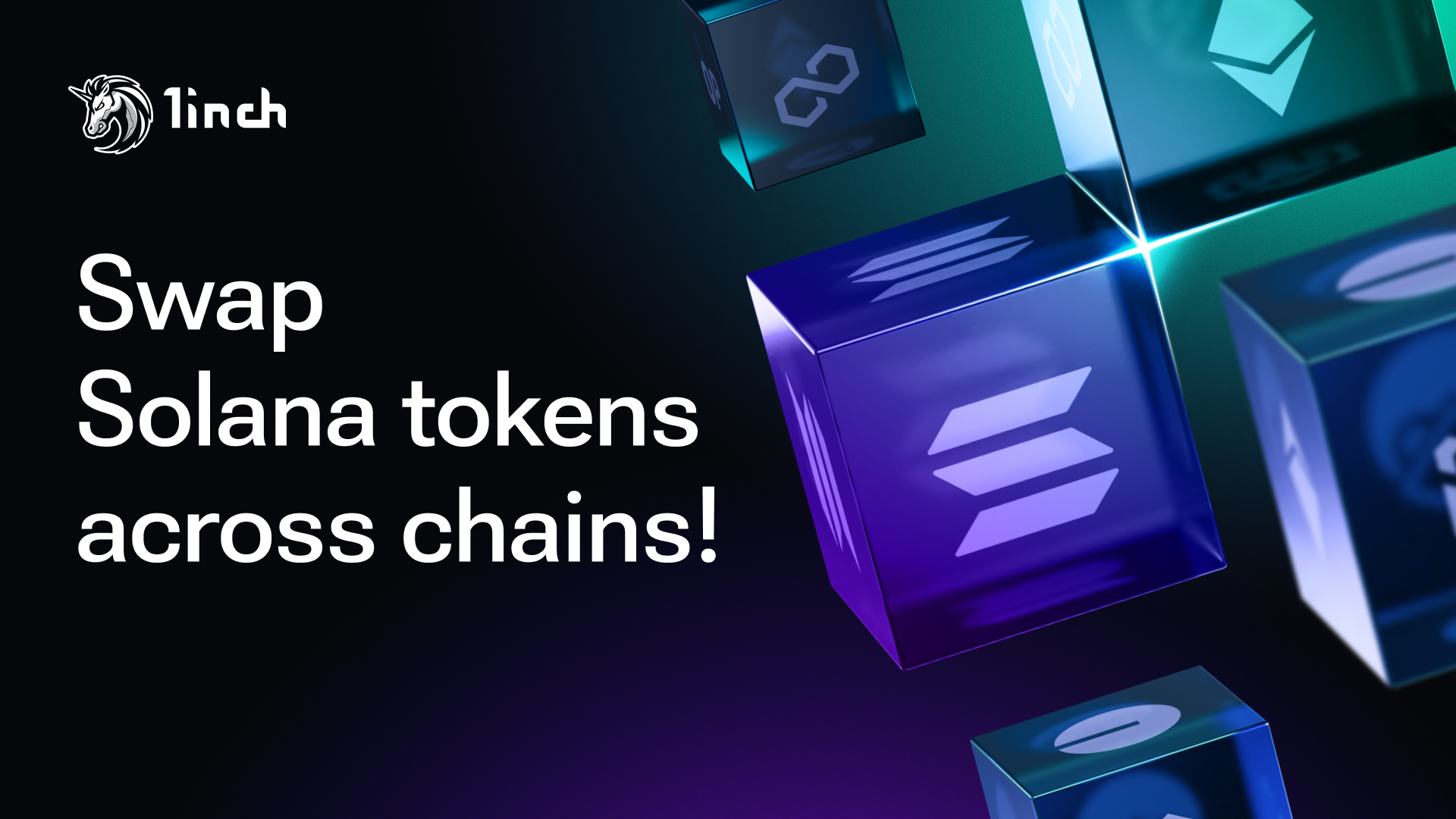What are yield-bearing stablecoins and how do they work?

Yield-bearing stablecoins are redefining what it means to hold stable value in DeFi.
Stablecoins have become a core building block of DeFi, providing a reliable medium of exchange and a bridge between fiat and crypto. Lately, a distinct class has gained traction – yield-bearing stablecoins. Unlike traditional stablecoins that remain non-yielding, these tokens share portfolio returns with holders typically through rebasing balances or an appreciating exchange rate. This means the position accrues yield passively once the yielding version is held, without the need to manage a separate lending or staking position.
What are yield-bearing stablecoins?
Yield-bearing stablecoins aim to maintain stability relative to a reference unit (such as USD or EUR) while passing through returns generated by their reserves or underlying strategies. Yield-bearing stablecoins deliver returns either by increasing the number of tokens in the wallet (rebasing), while the token stays near $1, or by keeping the balance fixed while each token slowly grows in value as it represents a larger share of the underlying assets.
Typical yield sources
Tokenized RWAs / cash-like reserves Short-duration U.S. Treasuries, repos, or money-market instruments. Income from reserves is shared with holders, often through a wrapper token that represents an interest-bearing version of a base stablecoin.
On-chain collateral yield Rewards from staking derivatives or other yield-generating on-chain assets (e.g., staked ETH). These returns are directed to the stablecoin or its wrapper.
Derivatives funding / basis strategiesDelta-hedged strategies that capture perpetual futures funding or futures basis spreads. Yields vary with market conditions and can occasionally turn negative.
Managed lending strategiesThe issuer or wrapper allocates assets into lending protocols (e.g., Aave, Compound) and distributes borrower interest back to holders. In many cases, this makes the token an interest-bearing wrapper over a base stablecoin, rather than a new base coin itself.
Examples
Rebasing = token stays ≈1 unit while the balance grows; price appreciating = balance fixed while the unit price rises.
RWA-backed
- USDY / rUSDY (Ondo) – USDY price appreciates; rUSDY rebases; both funded by Treasuries + bank deposits. (USDY also live on Aptos.)
Onchain strategy
Derivatives funding / basis (delta-neutral)
- sUSDe (Ethena) – it’s not a $1-pegged stablecoin – it’s the staked wrapper of USDe whose unit price appreciates as rewards are added. The yield mainly comes from perp-funding/basis spreads (delta-neutral hedges) plus any LST/stablecoin reserve yield routed to stakers.
Staking-collateral yield (LST-powered)
Euro options (non-USD)
- stUSD / stEUR (Angle) – savings wrappers; price appreciates from RWA + DeFi reserve yield (USD and EUR flavors).
Benefits
- Capital efficiency: No need to stake or lock tokens in multiple protocols – yield accrues simply by holding.
- Simplicity: Reduces friction for everyday users who want both stability and yield.
- Composability: Yield-bearing stablecoins can be used across DeFi protocols just like regular stablecoins, expanding their utility.
Risks
- Peg stability: Maintaining the $1 peg can be more complex when yield mechanisms interact with volatile markets.
- Smart contract vulnerabilities: As with all DeFi products, bugs or exploits in underlying contracts pose risks.
- Regulatory scrutiny: Yield-bearing products resemble securities in many jurisdictions, which could invite regulatory pressure.
- Counterparty and RWA risk: For stablecoins backed by Treasuries or money markets, issuer solvency and legal frameworks matter.
For users, yield-bearing stablecoins offer a way to hold dollars onchain while earning income passively. For protocols, they open up new liquidity models that could reshape stablecoin adoption. Still, the success of these tokens depends on their ability to remain secure, transparent and compliant.
Stay tuned for more insights from 1inch as we explore the latest trends in DeFi!




























